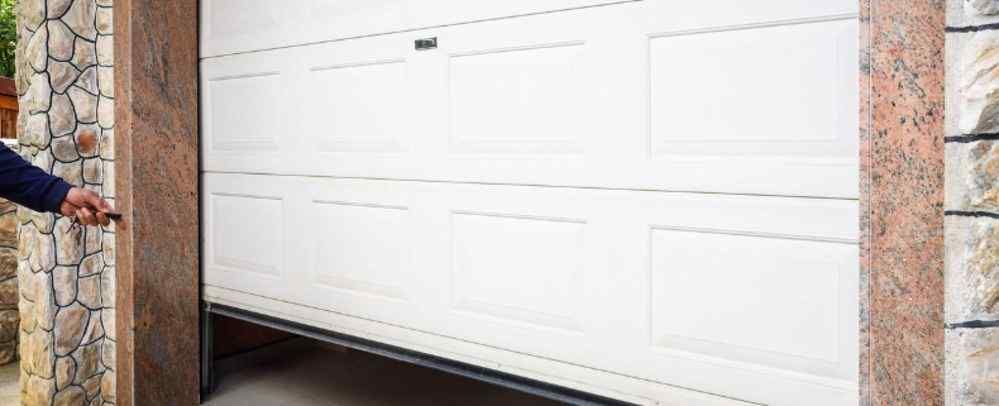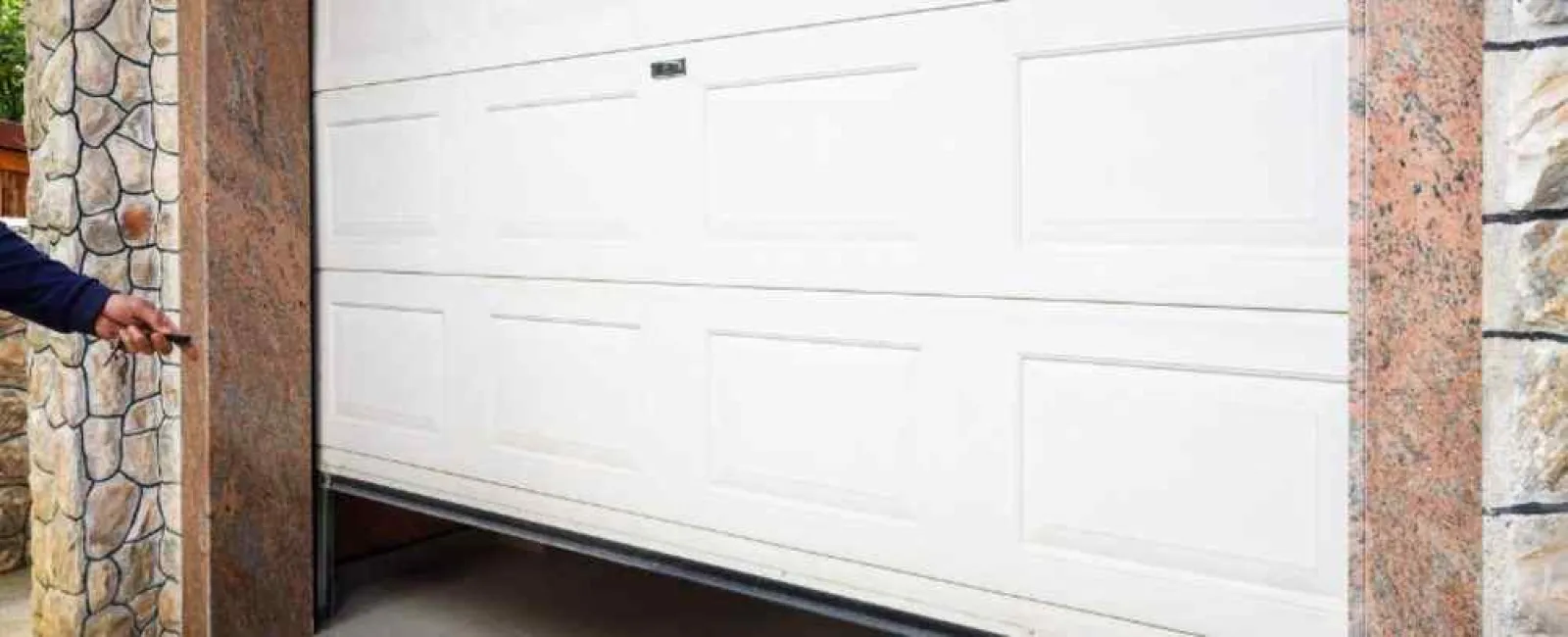May 06, 2025
- Learn about the most common garage door issues
- Understand what causes these problems
- Discover how you can get these problems addressed

A garage door isn't just an entryway for your vehicles; it's an essential component of your daily routine. You rely on your garage door's smooth operation to get your essential tasks done for the day. Whether you're driving kids to school, getting to work, or running errands—garage door issues delay or disrupt your daily schedule.
In this blog post, we'll explore the five most common garage door issues and their causes. We'll help you understand how to spot the warning signs that these problems are imminent, and what preventative measures you can take to avoid them. We'll also warn you about repairs that require professional expertise and equipment.
Malfunctioning Garage Door Openers Delay Days
Garage door openers provide the convenience of remote-controlled access to your garage. When these openers don't respond to your remote's commands, it's as noticeable as it is frustrating. There are a few steps you can take to eliminate easy fixes before calling for professional repairs:
- Check outlets and circuit breakers: Start by making sure that the opener is plugged into the outlet usually found on the ceiling of your garage. Also, check that the circuit breaker is in the correct position. It may seem obvious but these are easy issues to overlook.
- Check batteries: Like the outlets, it's easy to overlook the batteries in your remote and wall openers. Try replacing the batteries.
- Adjust the antenna: You may also need to check the garage door opener's antenna to ensure it's not obstructed causing your garage door's problems.
If these fixes don't work it may be another of the most common garage door issues at play: misaligned or faulty sensors.
Misaligned Sensors Cause Garage Doors' Problems
Modern garage doors have sensors that detect obstacles in the door's path, preventing accidents and injuries. Possibly because they're located near the floor, they're an easy problem to miss. However, they provide a critical safety feature and should receive regular inspection and maintenance. If your garage door won't open, opens partially, or won't close, it could be time to check these sensors.
- Clean the sensors: Before anything else, wipe off the garage door sensors with a dry cloth and check that direct sunlight isn't reaching the sensor. The sensors emit infrared light so dirt and direct sunlight can disrupt their functioning.
- Check the LED lights: After cleaning the sensors, check that the LED lights are on and not flashing red or yellow lights. If they are flashing red or yellow lights, this indicates the sensors need to be realigned. If the lights are off, it could be time to replace the sensors.
- Try to realign: You can loosen the sensor hardware and adjust the angle of the sensors to realign them and get your door functioning properly once again.
Repairing Garage Doors Includes Broken Panels
Garage door panels not only contribute to its visual appeal but also maintain its structural integrity. Over time, panels can become damaged due to accidents, weather conditions, or general wear and tear.
Luckily, individual panels can often be replaced without replacing or repairing the entire door. Panel replacement is a cost-effective solution that will quickly restore your garage's look and functionality. Regular inspections of the interior and exterior of your garage door will let you quickly detect a broken panel and call for professional repair services to restore the door.
Misaligned Tracks or Rollers
The most common garage door issues are misaligned tracks or rollers. For your door to move up and down smoothly, the tracks and rollers need to be properly aligned. Tracks and rollers fall out of alignment due to age, use, accidents, and warping but you can spot or help prevent these problems through the following:
- Look and Listen: If you notice grinding noises, shaking, or the door getting stuck mid-operation, the track and roller system might be damaged.
- Regular maintenance: Cleaning and lubricating them regularly can reduce issues, but when the problem arises, it's best to seek professional help.
Broken Springs Signal Serious Garage Door Issues
Depending on your garage door type, a set of springs either hang horizontally above the garage or parallel to the tracks. These springs are what make your garage door possible to open and close. While they're made from sturdy materials, these springs do wear down over time, lasting about 10 years or 10,000 opening and closing cycles. As your springs age:
- Conduct regular inspections: At least twice per year, inspect the springs for damage, rust, and corrosion. Spray white lithium grease on the springs to prevent any rust from settling in.
- Daily performance checks: Try to develop a habit of looking at the springs in action to establish a baseline performance. If you notice deviation, it could be time for professional repairs.
- Don't Delay a Broken Spring: If you notice a spring is broken, or hear a loud sound emit from your garage while in another room, this requires immediate, professional repairs. No one should attempt to fix or operate the garage door in the meantime.
Repair Garage Door Issues With Balanced Garage Doors
Do you have garage door issues or need preventative maintenance? At Balanced Garage Doors, we understand that repairing garage doors can make the difference in a household returning to normal. That's why our team of experts specializes in addressing all types of garage door repairs with prompt, professional service. Schedule garage door repair today by calling 770-880-0376.
